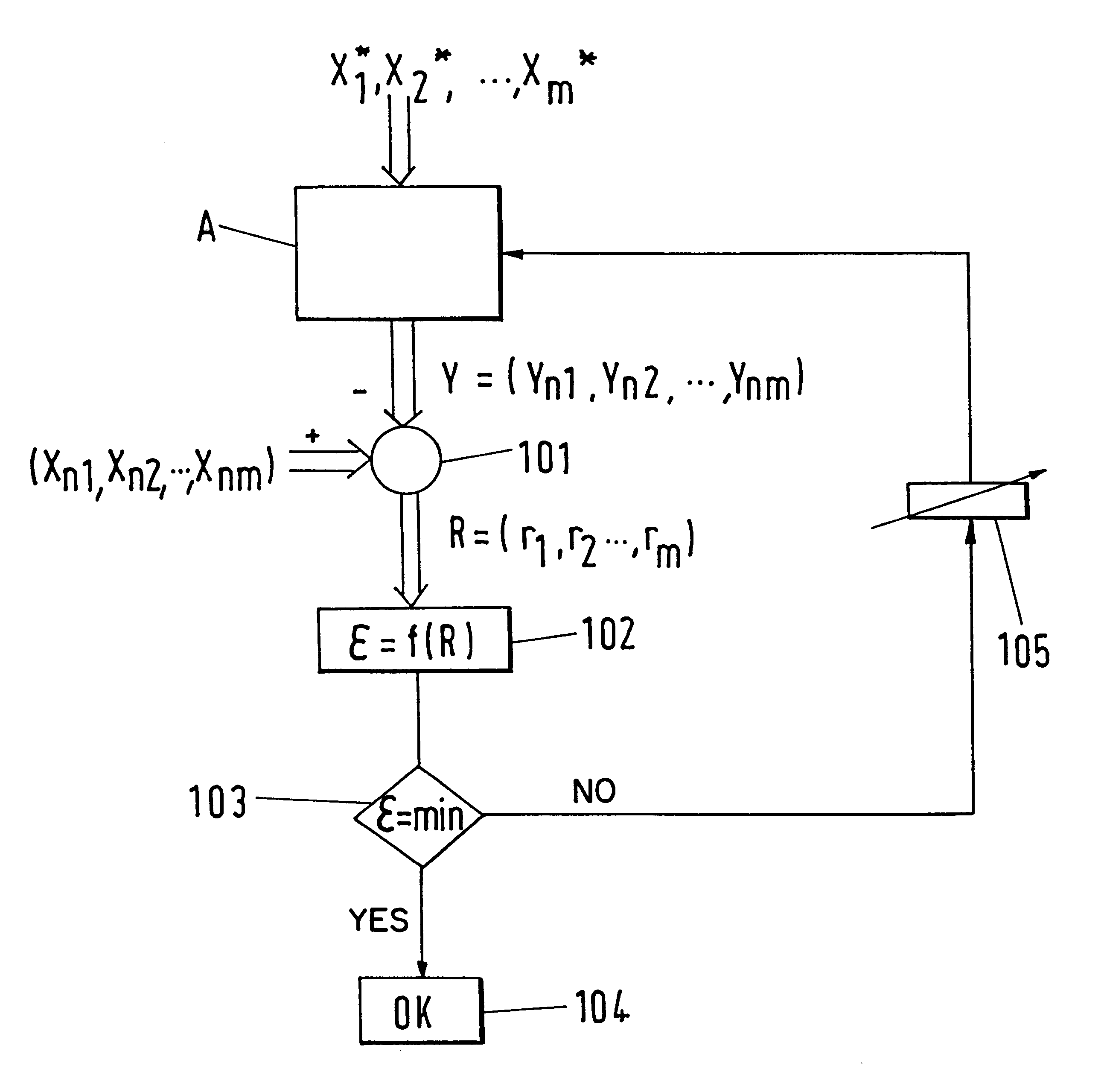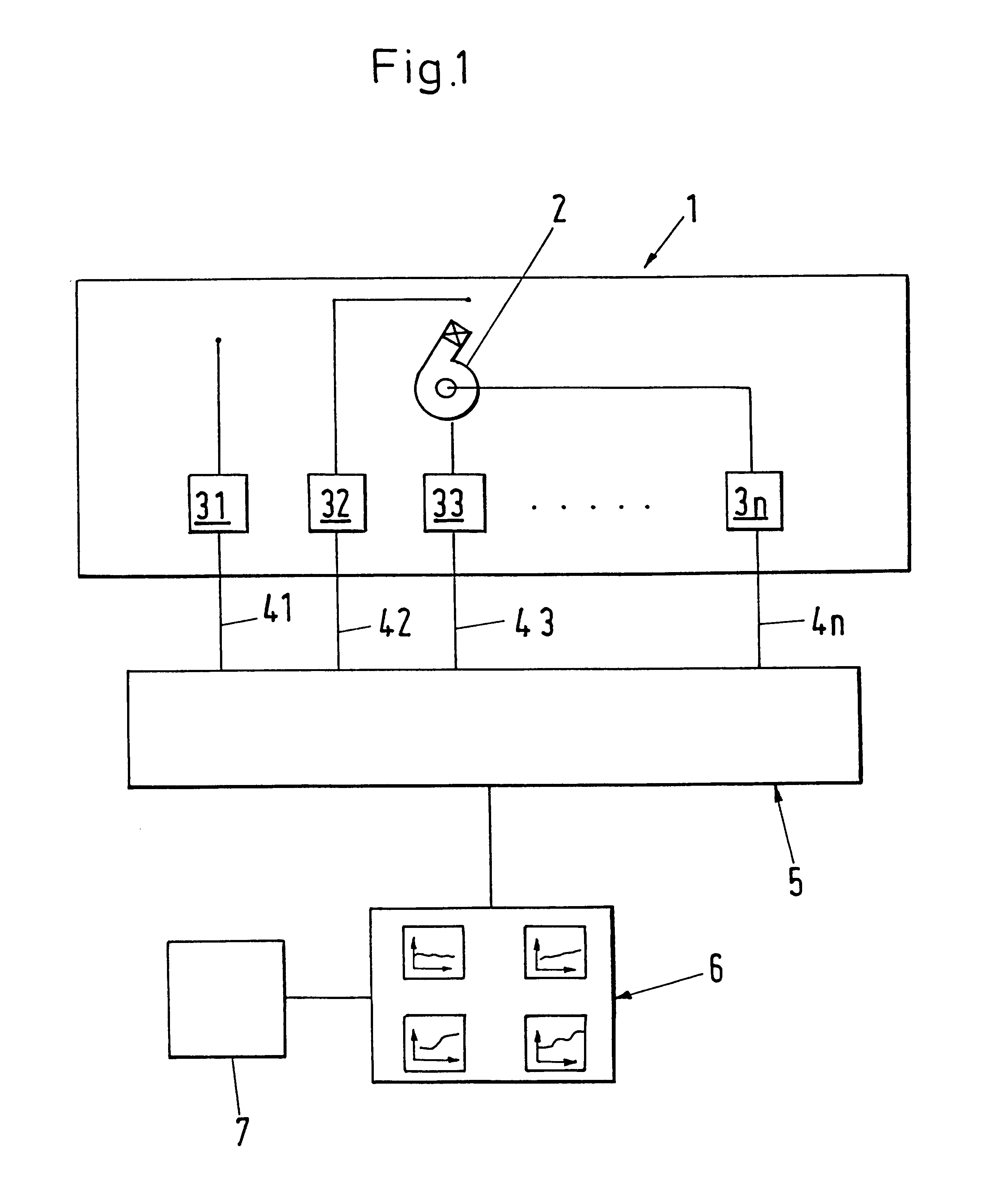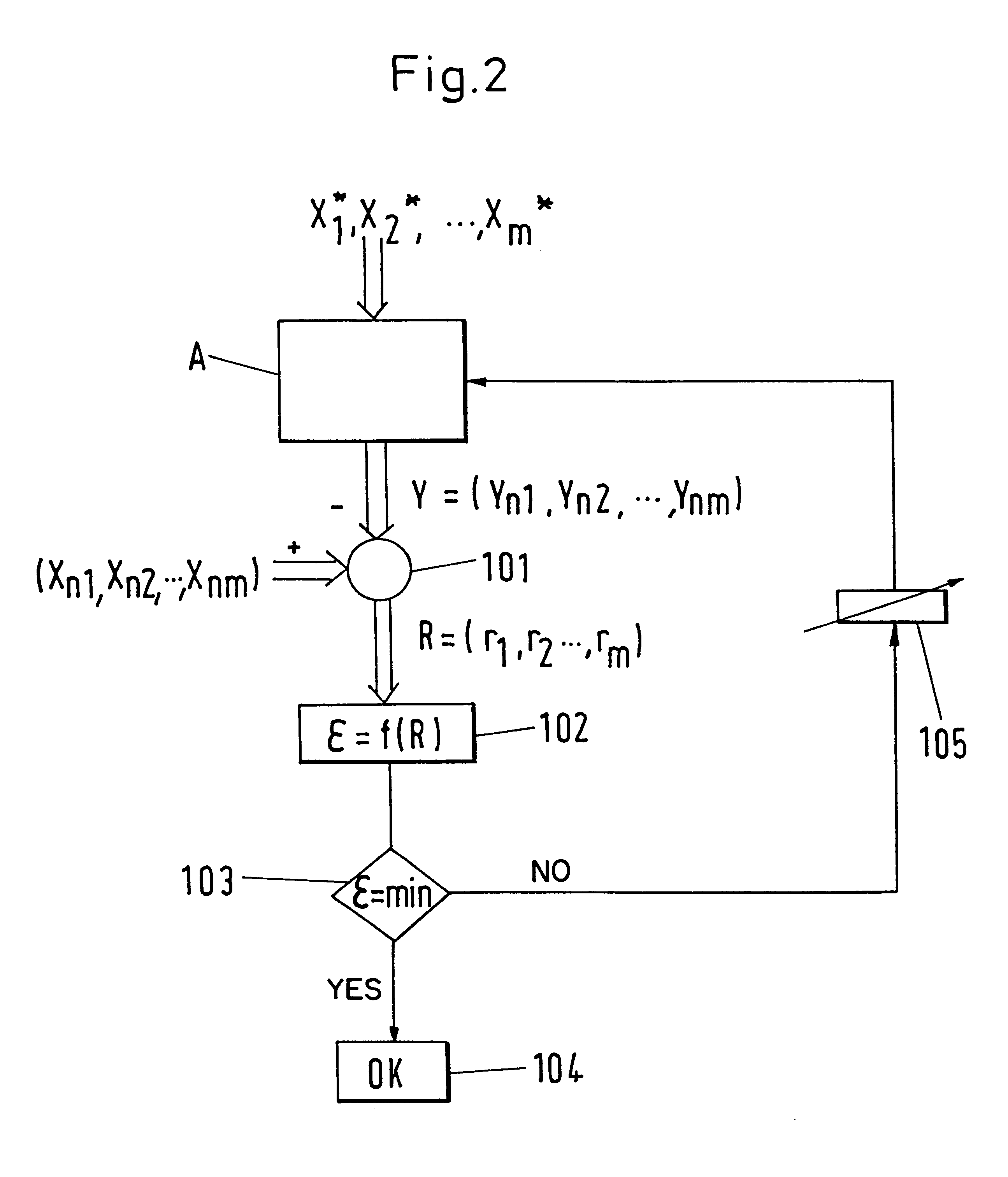Method for monitoring plants with mechanical components
a technology of mechanical components and monitoring methods, applied in the field of mechanical monitoring methods, can solve the problems of affecting the operation of the plant, the temporal behavior of the measured values to be determined for monitoring is not fixed, and the plant cannot operate at a fixed operating or working point, etc., and it is difficult to judge on the basis of the temporal behavior of the measured values, if at all, whether the plant is operating correctly
- Summary
- Abstract
- Description
- Claims
- Application Information
AI Technical Summary
Benefits of technology
Problems solved by technology
Method used
Image
Examples
Embodiment Construction
The method in accordance with the invention is explained in the following with exemplary character with reference to a hydroelectric power plant with turbines. In this, the hydroelectric power plant acts as a representative example of a plant to be monitored and the turbines serve as an example for the hydromechanical components of the plant. It is evident that the invention is not restricted to cases of this kind. The components can also be other flow machines such as, for example, pumps or other mechanical systems such as steam turbines, steam boilers, compressors, generators, motors, transmissions. The plants in which components of this kind are integrated can, for example, also be heating plants, locomotives, weaving machines or plasma spray plants.
The term "parameters" is understood to mean those directly or indirectly measurable variables which are useful for the characterization of the operating state of the components of the plant or which have an influence on the operating ...
PUM
 Login to View More
Login to View More Abstract
Description
Claims
Application Information
 Login to View More
Login to View More - R&D
- Intellectual Property
- Life Sciences
- Materials
- Tech Scout
- Unparalleled Data Quality
- Higher Quality Content
- 60% Fewer Hallucinations
Browse by: Latest US Patents, China's latest patents, Technical Efficacy Thesaurus, Application Domain, Technology Topic, Popular Technical Reports.
© 2025 PatSnap. All rights reserved.Legal|Privacy policy|Modern Slavery Act Transparency Statement|Sitemap|About US| Contact US: help@patsnap.com



